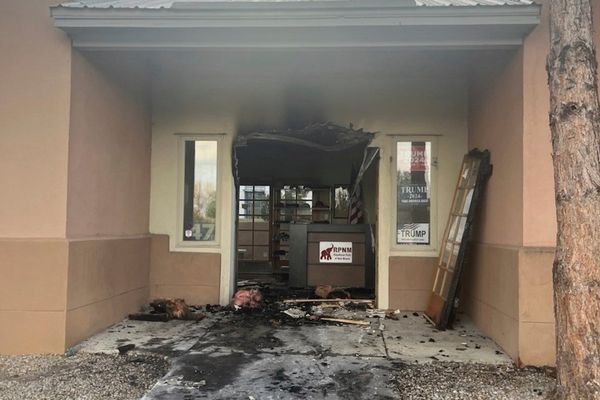
Supplies from the Appalachian Basin shrank by as much as 9 billion cubic feet, or 27%, from usual levels, according to BloombergNEF estimates based on pipeline flows. That’s a record decline in data going back to 2013. Well freeze-offs sent production plunging by more than 20% in Pennsylvania, while output more than halved in Ohio, constraining supplies into the Northeast and the Tennessee Valley.
The arctic blast brought the biggest US power grids to the brink of catastrophe, exposing the flaws of a system that’s facing limited natural gas supplies and the unpredictability of solar and wind power. Consumers are bound to see higher utility bills after the event, which sent wholesale power prices surging. High winds downed power lines and transformers malfunctioned in the extreme cold, adding further pressure to electricity supplies.
Gas drillers including EQT Corp., the country’s top natural gas producer, Southwestern Energy Co. and Antero Resources Corp. own massive producing assets in Appalachia, which accounted for more than half of US production losses during the peak of the winter storm.
That means suppliers were relying heavily on inventories of gas held in salt caverns and depleted aquifers to keep up with demand.
Issues were exacerbated by mechanical problems at pipeline infrastructure.
Grid operators, meanwhile, did a poor job of forecasting electric demand before the storm, exposing another layer of vulnerabilities at a time when the power network is both aging and undergoing a massive transition.
It was the sheer size and scale of the storm that made it so unusual, along with temperatures as cold as minus 50F (-46C) in some places. It’s the kind of event that could become more common as climate changes brings about more extreme weather.
With cold blasting so much of the nation at once, power grids weren’t able to rely as much on neighboring systems to help bolster supplies.
That was especially challenging for Duke Energy Corp., whose territory in North Carolina has links with adjacent systems that can normally send extra power when supplies are tight. That wasn’t an option this time, and Duke was forced to resort to rolling blackouts to keep the grid stable.
“Given that this impacted utilities from Texas to the Northeast and out to the Midwest, there weren’t a lot of areas that weren’t impacted," Jeff Brooks, a Duke spokesman, said in an interview Tuesday. “That made it more challenging."
This story has been published from a wire agency feed without modifications to the text.







